Expressing concern about the Central Highlands gongs leaving the "forbidden zone" of sacred space, Mr. Nguyen Dinh Thinh - lecturer at Ho Chi Minh City University of Culture, shared: "Central Highlands gongs should only be performed in sacred space - forest space - where the indigenous community of the Central Highlands practices life cycle rituals: human life, tree life, gong life... If they escape the "forbidden zone" of sacred space, the Central Highlands gongs will no longer be Central Highlands gongs". Mr. Nguyen Dinh Thinh further confided: "We cannot commercialize the Central Highlands gongs, cannot take them out of sacred space, and are not allowed to use the Central Highlands gongs as purely artistic instruments. We must preserve them in their original form as UNESCO has previously emphasized, which is a performance space - a sacred space, placed next to musical effects".
A researcher at the Vietnam Institute of Culture, Arts, Sports and Tourism asserted: “Out-of-tune gongs and wrong-tune gongs are a problem in the Northern Central Highlands.” According to this researcher, the Central Highlands gongs are instruments for tuning. Each gong plays a pitch, and when played together with other gongs in the gong set, they will create a unique harmony. In other words, each gong in the gong set acts as a keyboard, each “key” will be assigned a pitch. If one of those “keys” is out of pitch, the sound produced will be distorted, and the gong music will also be out of tune. Artisan K’Ly in Gia Lai province admitted: “Occasionally, there are still gongs that are out of tune. However, the Central Highlands does not lack talented artisans to “restore the sound order” for the wrong-tune gongs.”
Artisan K'Ly believes that gongs with out-of-tune or out-of-tune sounds are not the problem of the Central Highlands gongs, and the same goes for the so-called sacred space! Today, the Central Highlands gongs are no longer confined to sacred spaces. They have come to international friends as a unique musical form of the Central Highlands indigenous people. The appearance of the Central Highlands gongs on stage, in art performances, at tourist attractions... has partly shown its influence in the community. That is also the way the Central Highlands indigenous people - the owners of the Central Highlands Gong Cultural Space, bring the Central Highlands gongs to live in the community life.
Artisan K'Brèm in Lam Dong province expressed: “Most of the people who harshly criticize the owner of the Central Highlands Gong Cultural Space for bringing gongs to perform outside the sacred space are quite rigid in their concept of preservation. According to the concept of these people, it is necessary to “freeze” the Central Highlands gongs in the sacred space to preserve both the original musical effect and the sacred space. In reality, life has changed, the Central Highlands gongs are forced to change to reflect a new reality - speaking the new voice of the Central Highlands indigenous community. The community's aesthetic has changed, the Central Highlands gongs need to have new creations, expanding the amplitude of pitch to play the world's great musical works”. Artisan K'Brèm added: “Don't let the Central Highlands gongs “die” because of the concept of preserving the original form!”.
Associate Professor Dr. Do Thi Thanh Thuy from the Vietnam Institute of Culture - Arts - Sports and Tourism, confided: "We will carefully study the above opinions to advise the Ministry of Culture - Sports and Tourism on the issue of preserving and promoting the cultural values of the Central Highlands gongs to suit today's life."
Source: https://baolamdong.vn/mi-cam-cong-dong-da-thay-doi-381295.html





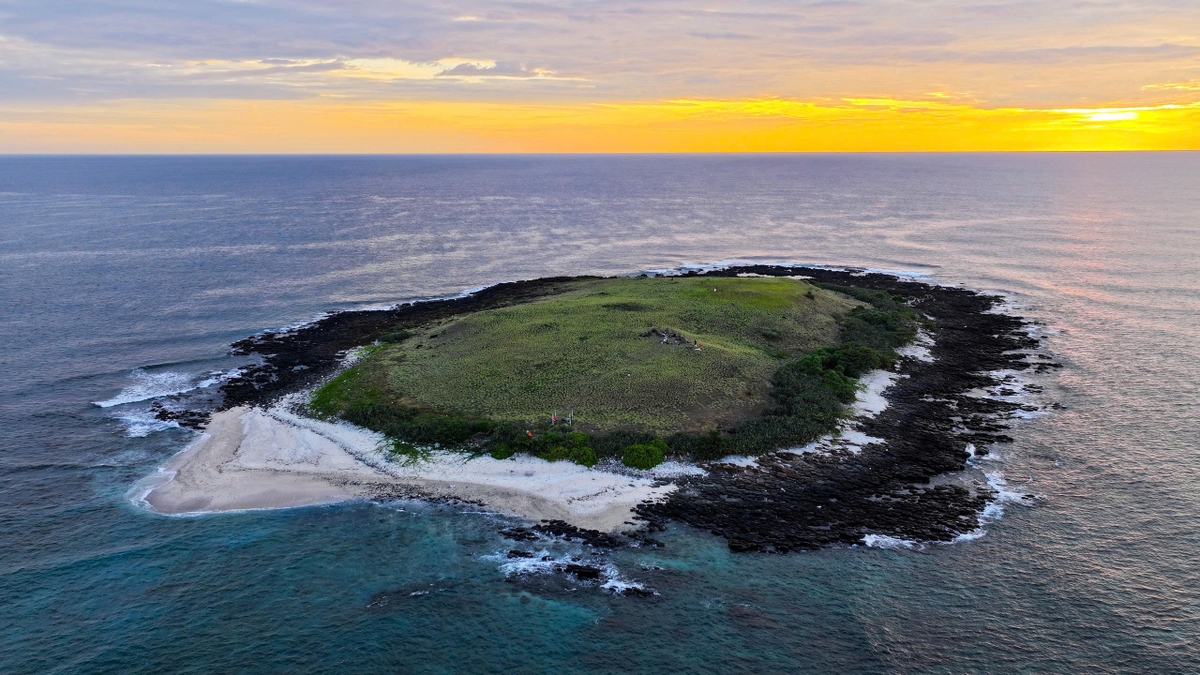


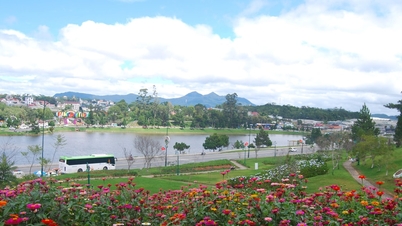


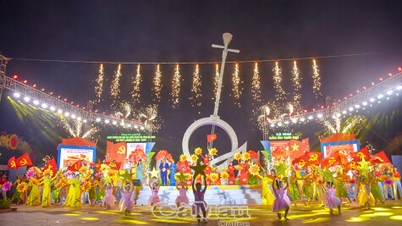

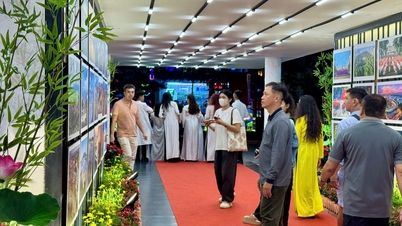

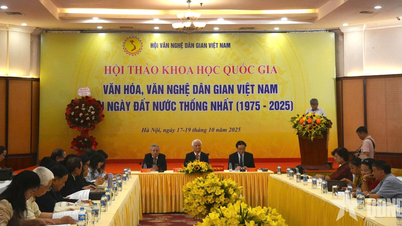





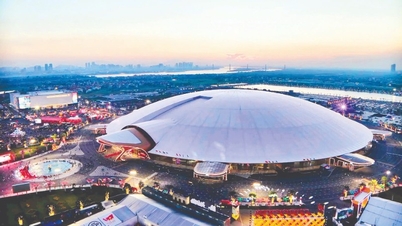

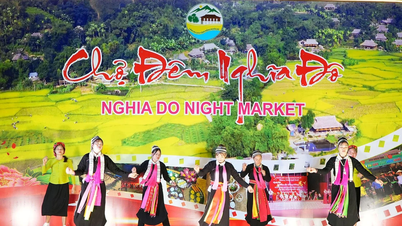

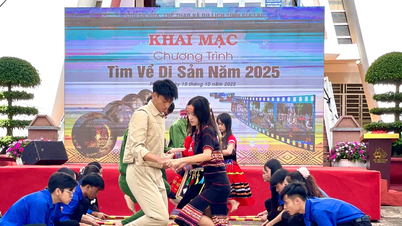

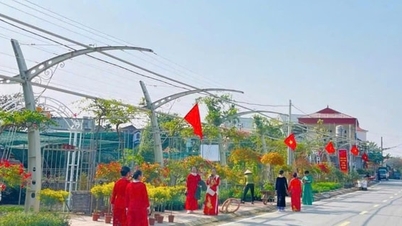




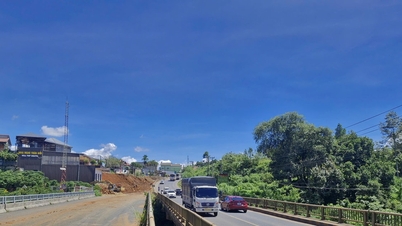

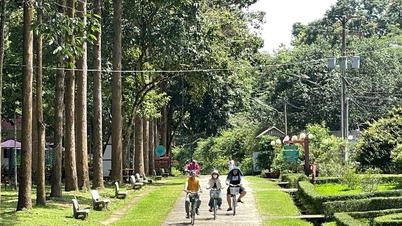
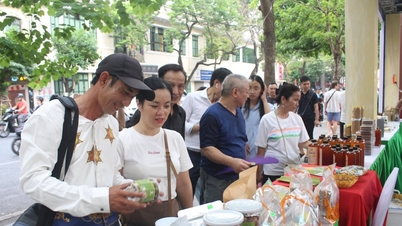
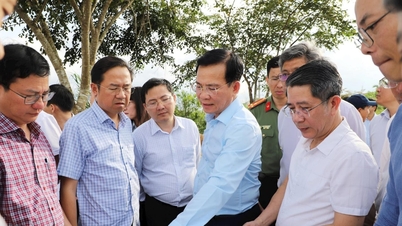
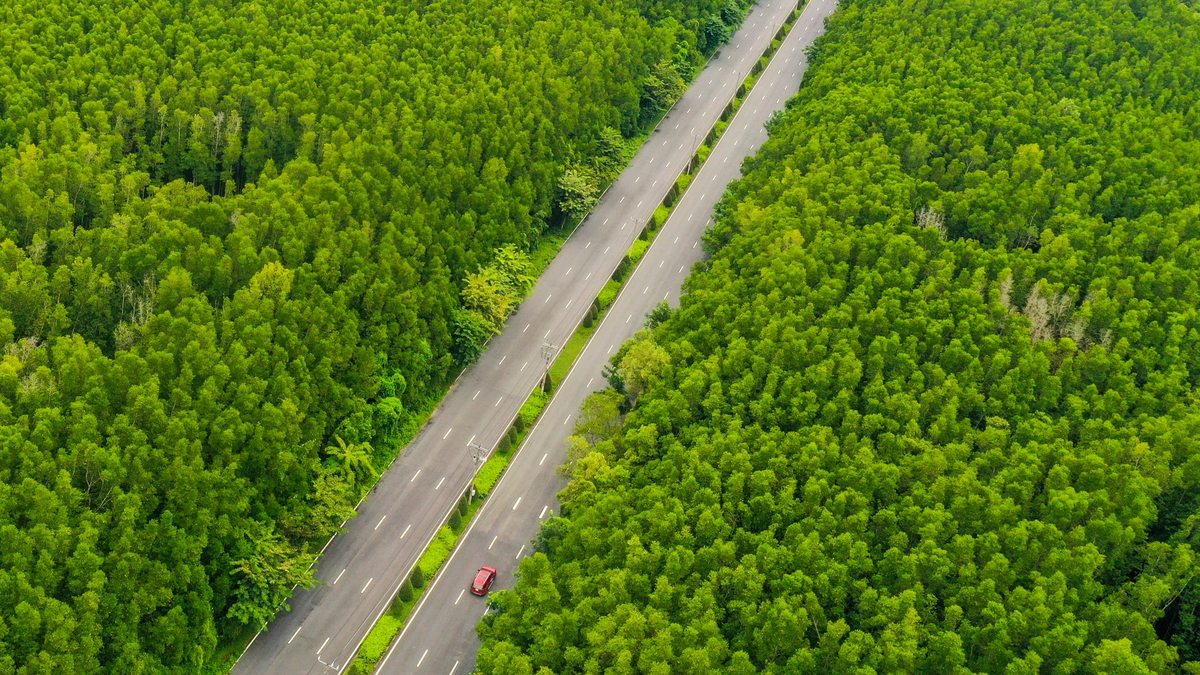
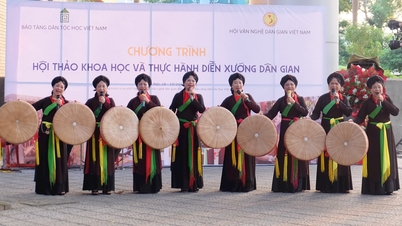



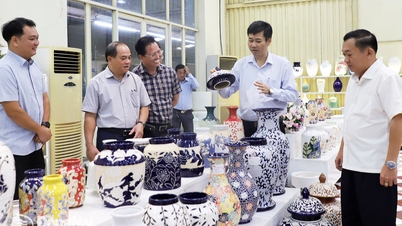

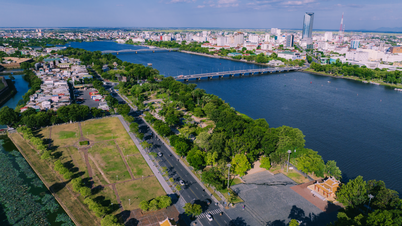

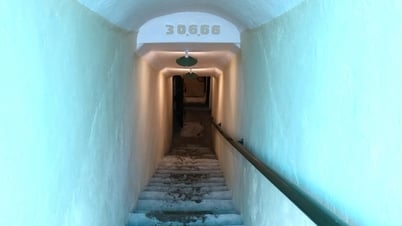

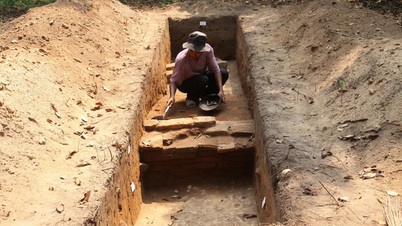



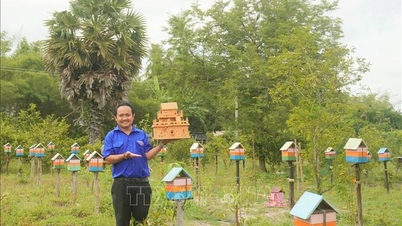

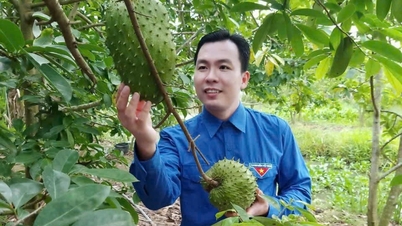

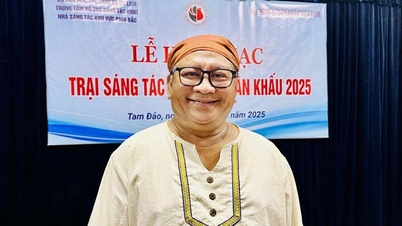








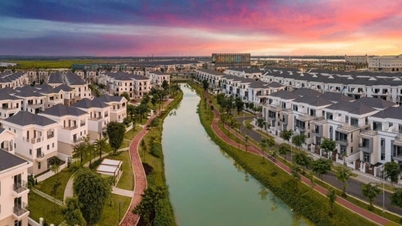




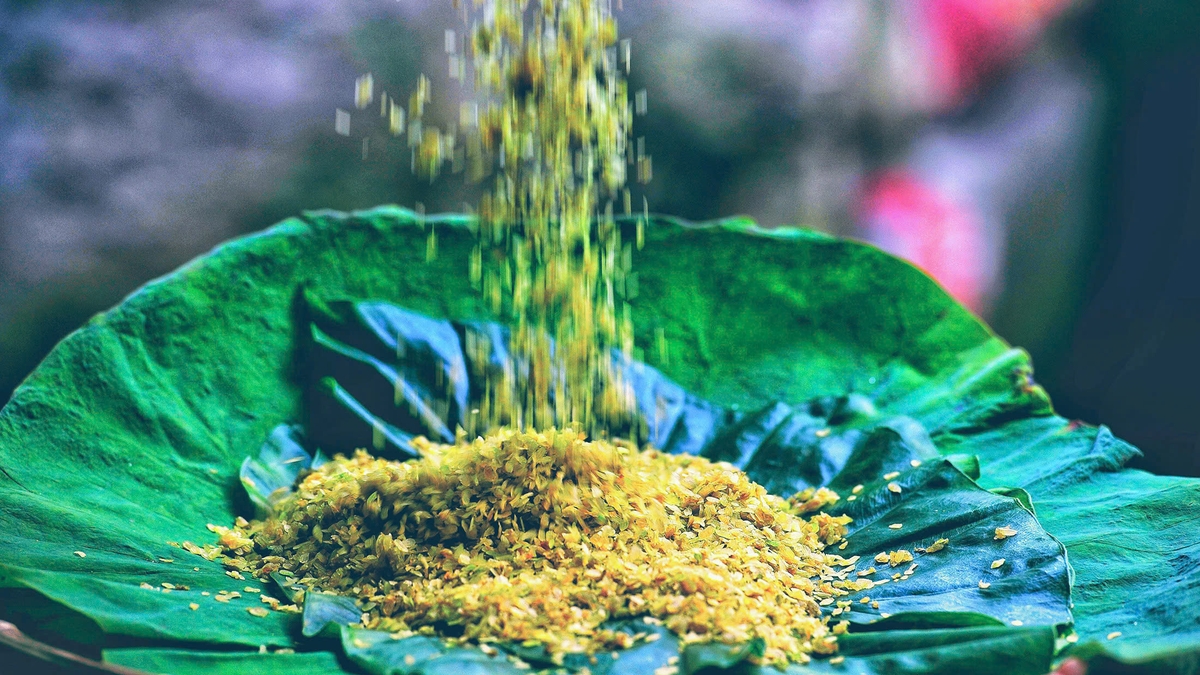
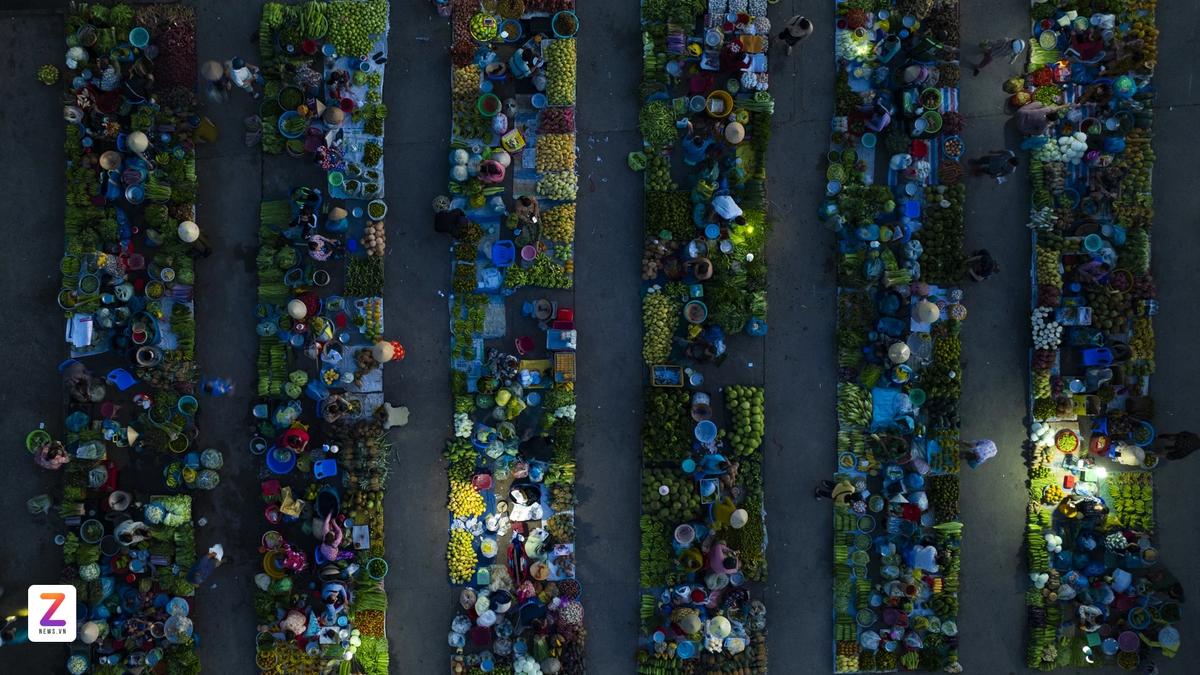




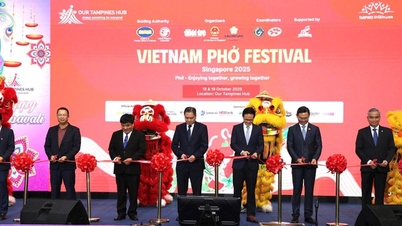
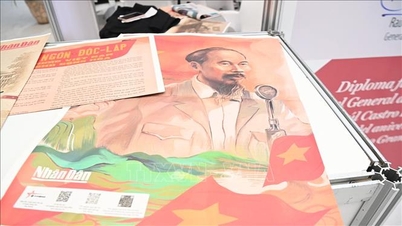
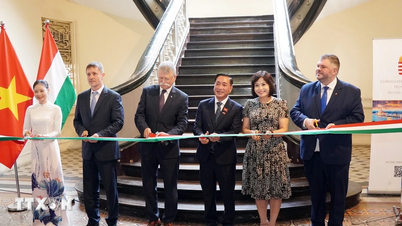






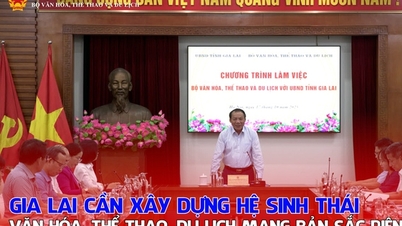
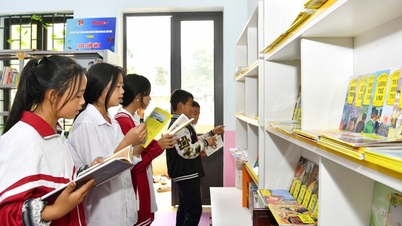



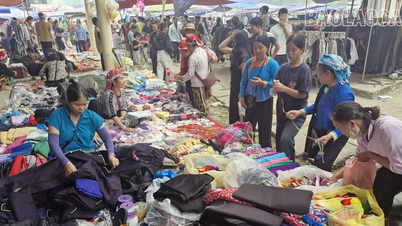
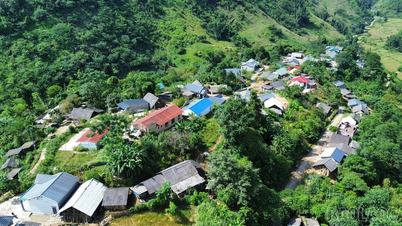
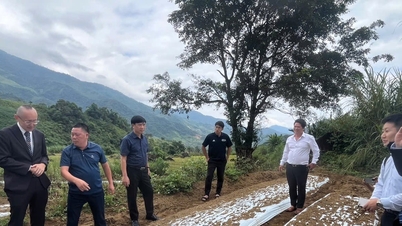

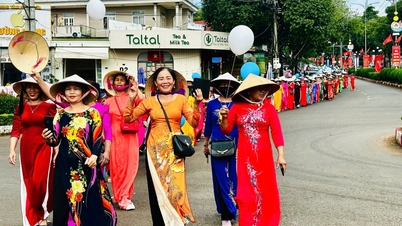

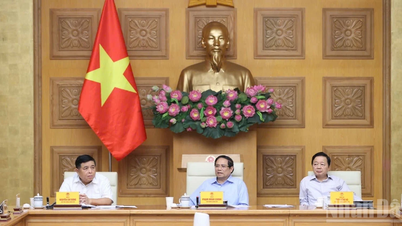

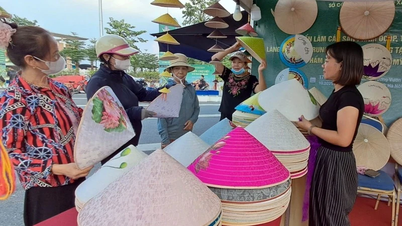
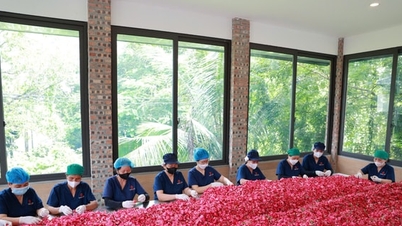
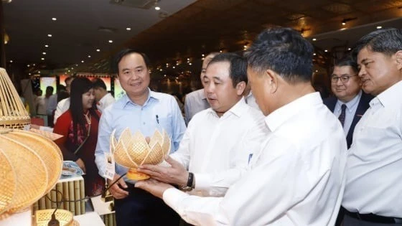
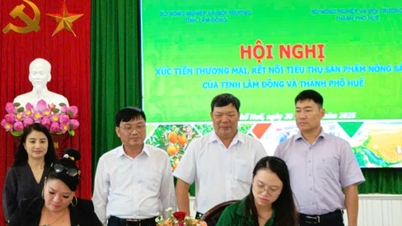
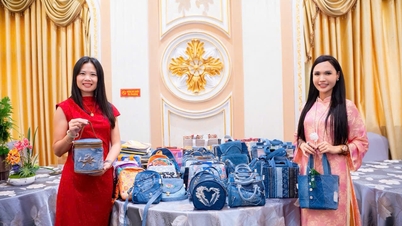




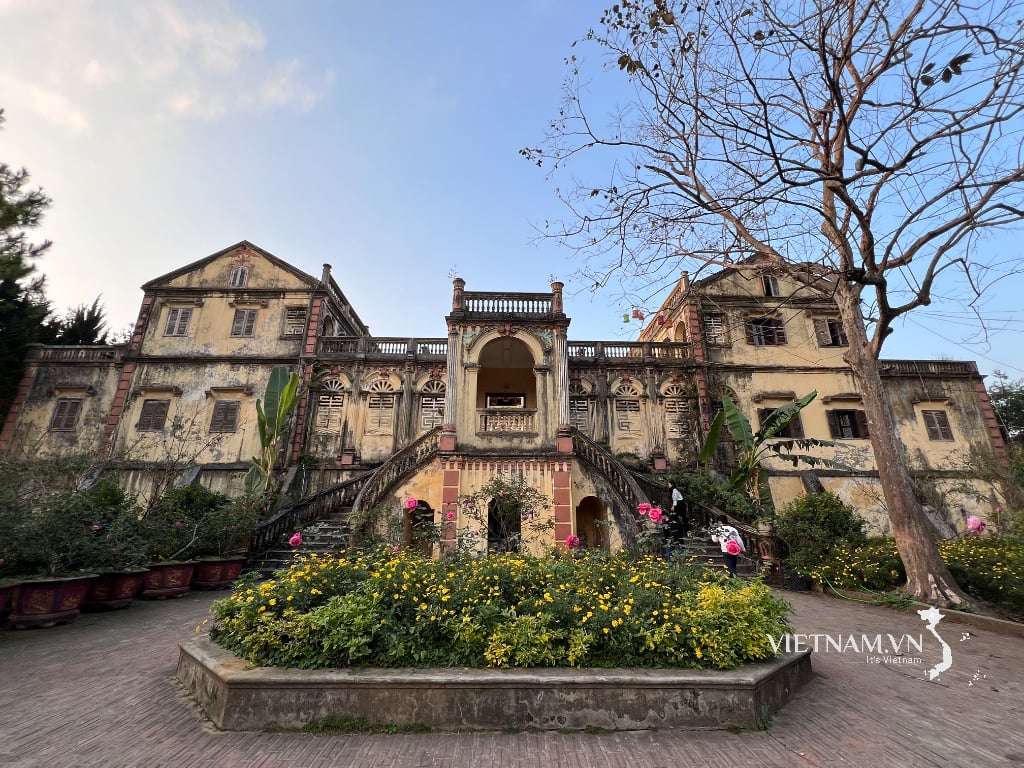
Comment (0)